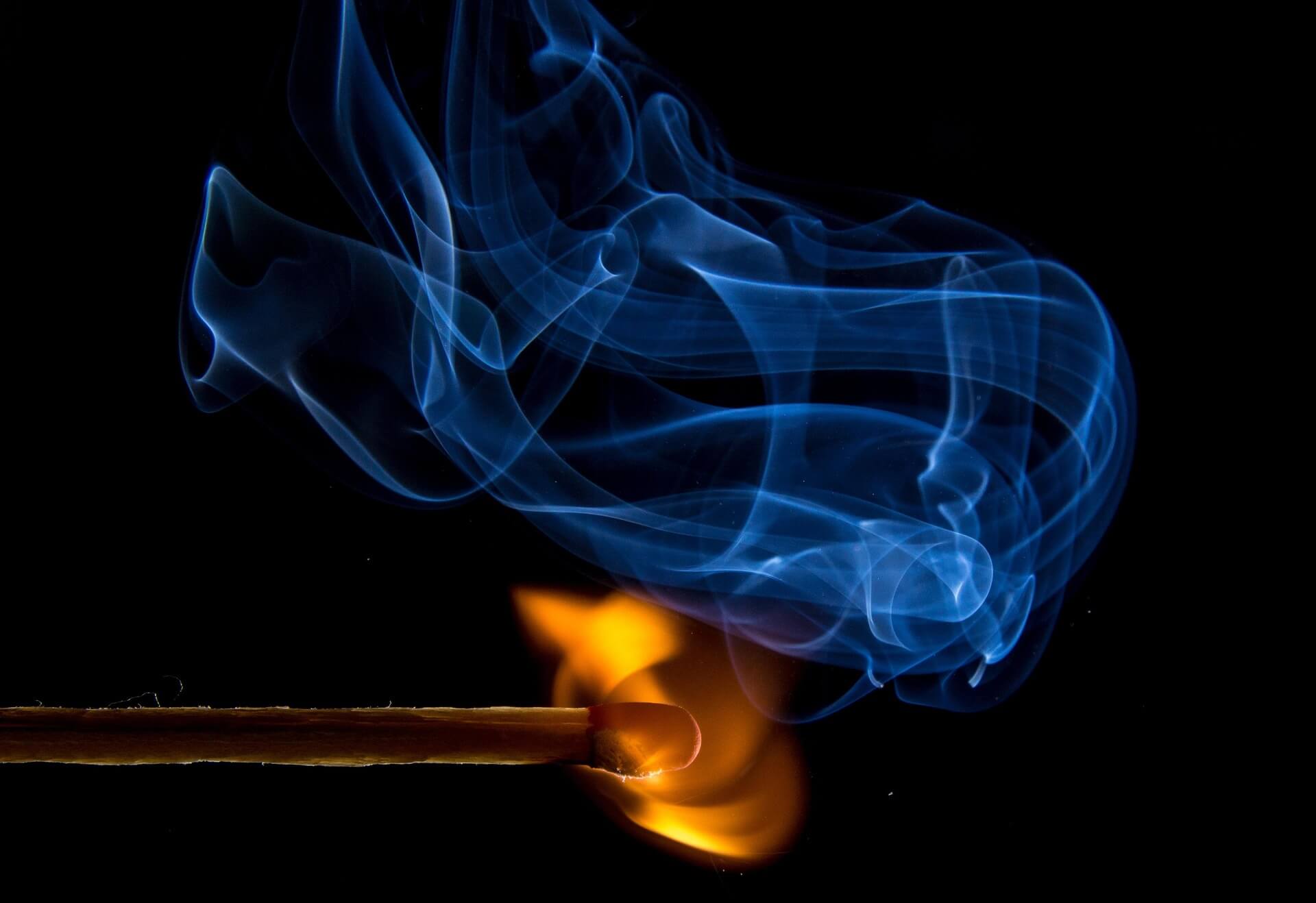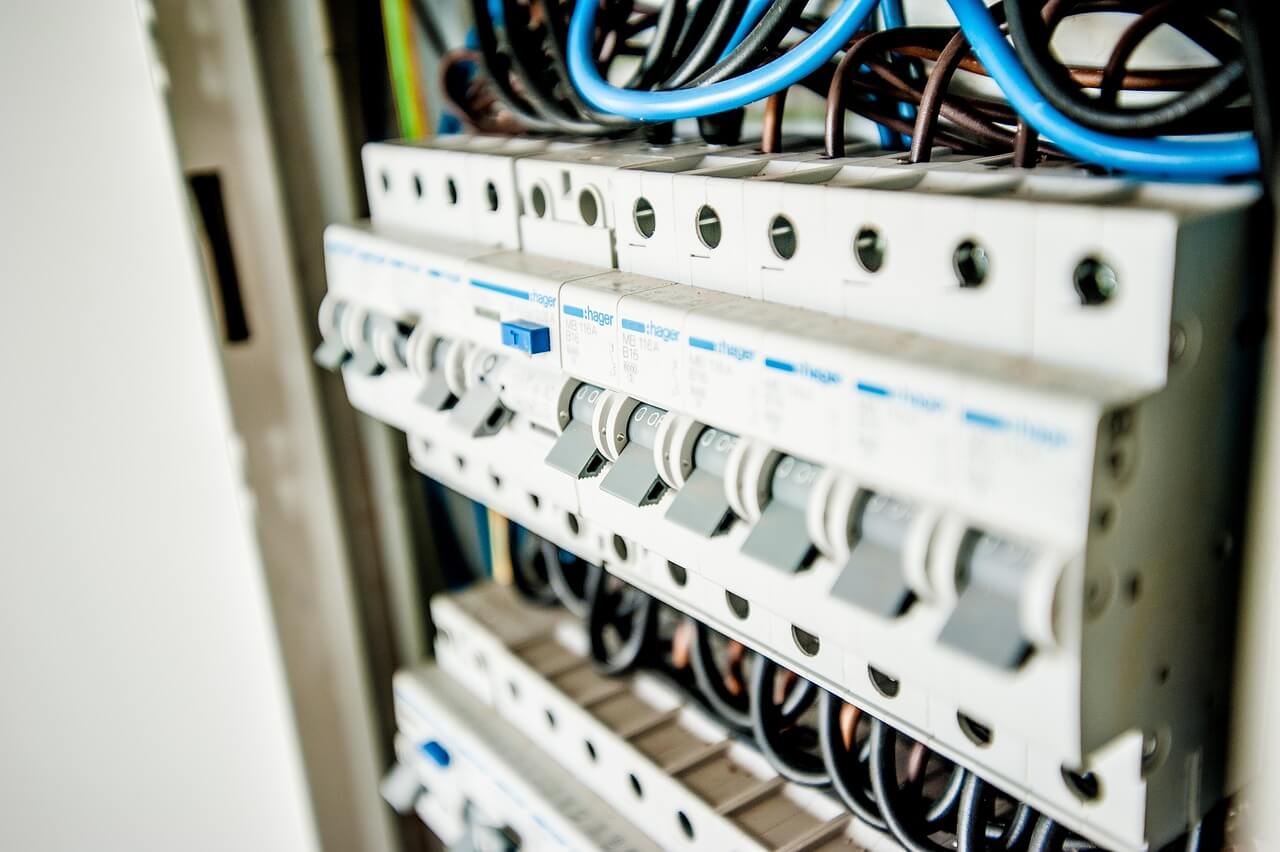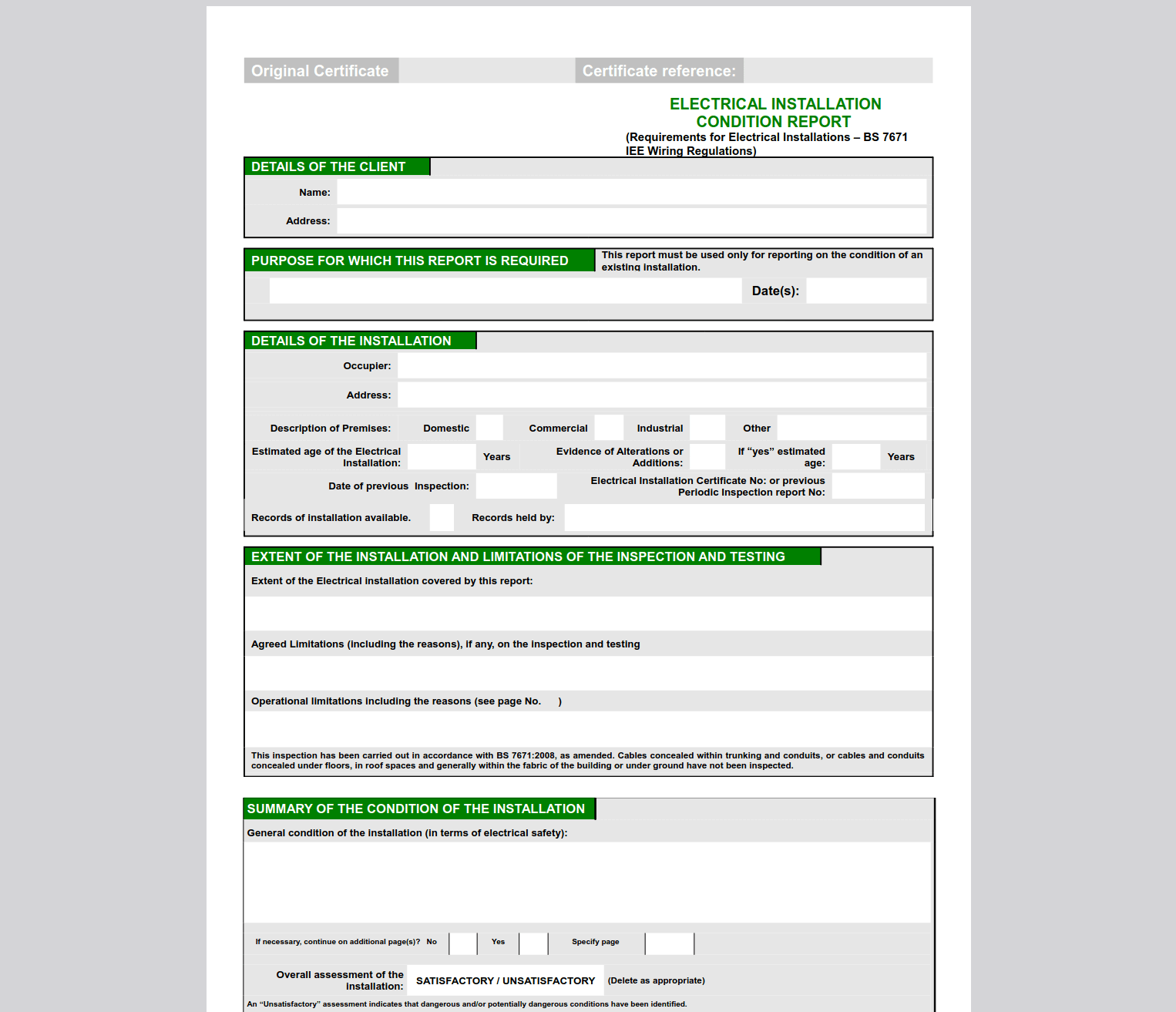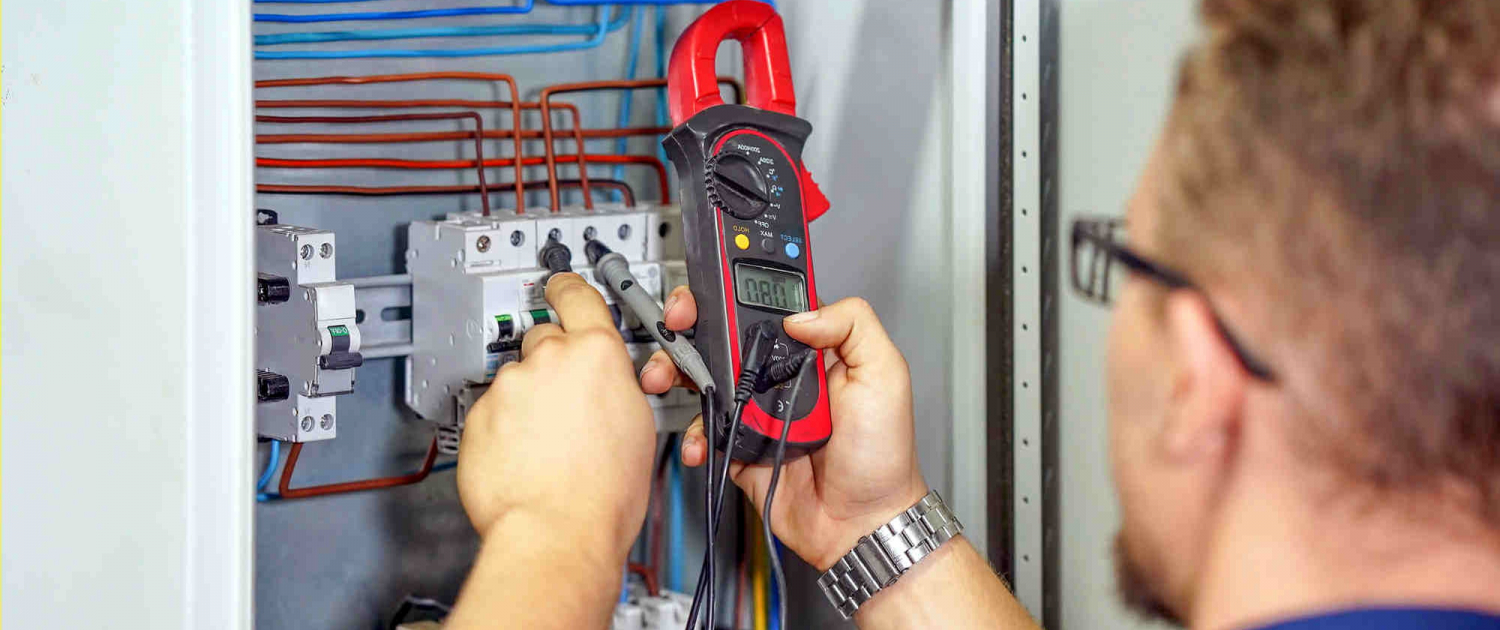· 2 min read
Home Fire Alarm Rules – Are You Breaking The Law?

Following the tragedy at Grenfell, the government sought to prevent similar accidents in the future by forming a committee. The result was changes to the law that are now in force - all domestic properties require an interlinked smoke and fire detection system in place.
Not sure if your system is legal? Read on…
Scottish Home Fire Alarm Laws
Every home in Scotland must have interlinked fire alarms.
‘Interlinked’ alarms means if one goes off, they all go off, so you will always hear an alarm wherever you are in your home.
It is the property owner’s responsibility for meeting the standard. If you’re not sure what the fire and smoke alarm requirements mean for your home insurance, speak to your insurance company directly.
What Each Home Needs
Every home must have:
one smoke alarm in the living room or the room you use most
one smoke alarm in every hallway and landing
one heat alarm in the kitchen
All smoke and heat alarms should be attached to the ceiling and be interlinked.
If you have an open plan area, e.g. combined hall/living room, you only need one alarm - but it should be no more than 7.5 metres from any point in the room.
If the area includes a kitchen, then it should be a heat alarm.
When you need a carbon monoxide detector
If you have a appliance like a boiler, open fire or wood burner, you need a carbon monoxide detector in the same room. This does not need to be linked to the smoke alarms. Gas cookers and hobs do not need a carbon monoxide detector.
Already Have Alarms But They’re Not Linked?
Then you’re breaking the law. All smoke and heat alarms must be interlinked. You may not hear the alarm closest to the fire but, by having an interlinked fire detection system, you will be alerted immediately.




